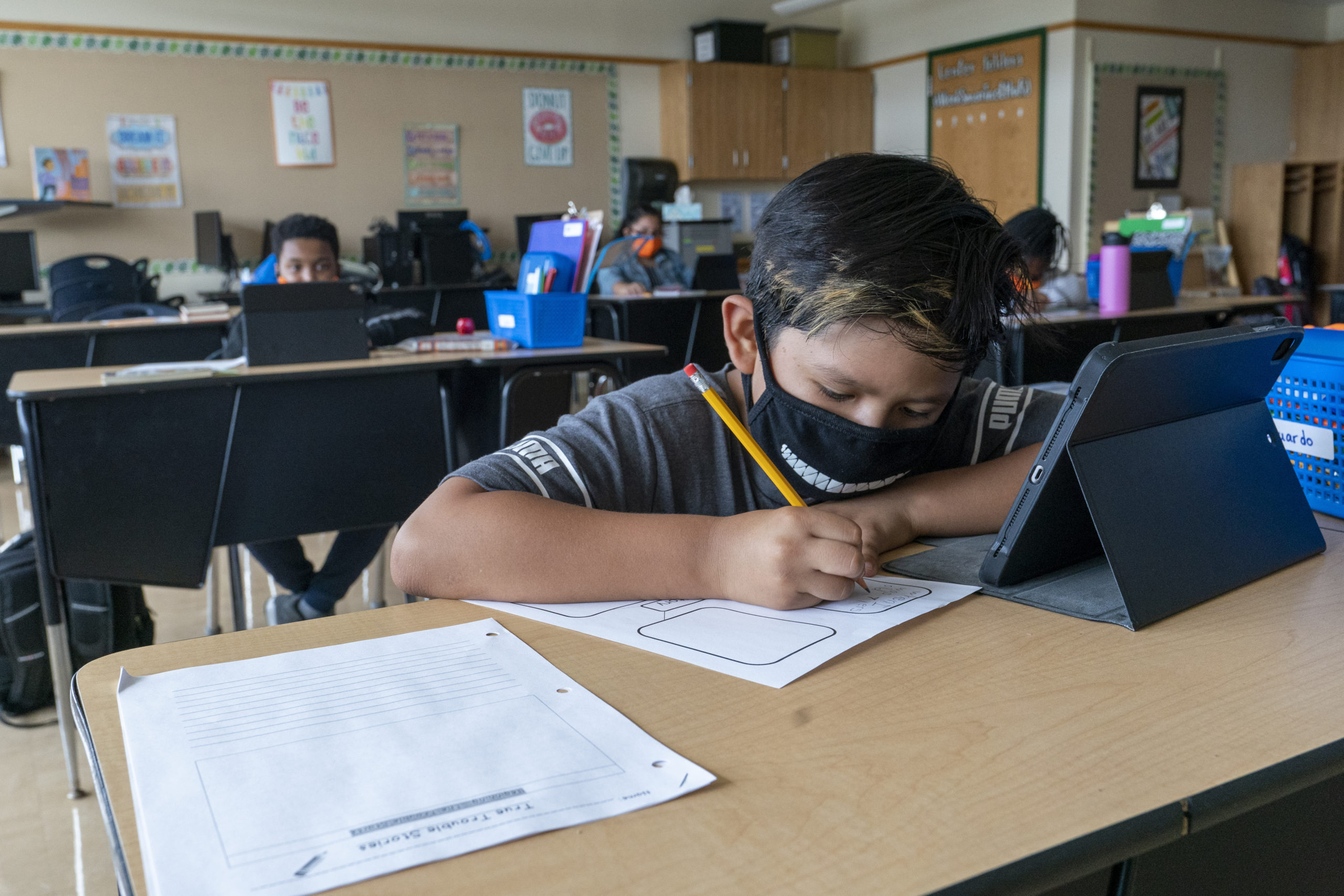New CDC guidance: No quarantines, less testing

Schools can end quarantines and regular screening tests for COVID, but students and staff should keep masks on in areas with high levels of COVID spread, according to guidelines released Thursday by the Centers for Disease Control and Prevention.
The new, more limited recommendations come as districts across the country are starting a new school year — and in many cases reflect decisions to ease up on COVID precautions that schools have already made. Almost no districts are starting the year with a mask mandate, and in-school quarantine rules are on the retreat.
“This latest guidance from the CDC should give our students, parents, and educators the confidence they need to head back to school this year with a sense of joy and optimism,” Secretary of Education Miguel Cardona said in a statement. “While COVID continues to evolve, so has our understanding of the science and what it takes to return to school safely.”

Brooklyn Boro
View MoreNew York City’s most populous borough, Brooklyn, is home to nearly 2.6 million residents. If Brooklyn were an independent city it would be the fourth largest city in the United States. While Brooklyn has become the epitome of ‘cool and hip’ in recent years, for those that were born here, raised families here and improved communities over the years, Brooklyn has never been ‘uncool’.